Pachinko: Lost Your Money, Losing Your Mind
You’ve been to a casino, right? The ringing sounds, the stale stench of tobacco, the confusion, the sad people so desperate to be happy? All that is familiar. But a pachinko hall takes the wholesome goodness of a casino and condenses it down to its most vile. It exaggerates the sensory overload beyond belief. ¡¡MAXIMIZES THE SOUND!! Multiplies the confusion. Doubles down on the hopelessness. And achieves the impossible, by creating a place of gambling in which I have absolutely no interest.

Well, “absolutely no interest” might be an exaggeration, because every time I walked by a ringing, dinging pachinko hall, my heart jumped; not into my throat, perhaps, but certainly esophagus-level. I’d try and peer inside through windows intentionally obscured by advertisements and opaque glass. I wasn’t tempted (no!) but if I could just get a glimpse of one of the machines, I’d be happy. Just a look, I swear. Ah look, the door is sliding open. It’s a sign! Once more into the pachinko parlor, we go.
Pachinko is the national addiction of Japan, and the number of pachinko halls in Tokyo is unbelievable. They’re everywhere. And they’re huge! Often multi-floor. Often entire buildings. On top of that, they’re usually crowded, whether it’s two in the afternoon or nine at night. Tokyo needs its pachinko, and it needs it now.
But what is pachinko? Here’s my best description, having played once and then swearing it off forever. And then having played again, because I had done some research and “figured it out.” Pachinko is a hybrid between pinball and slots. You launch tiny silver balls to the top of the board, which then bounce down an array of needles, hopefully into the correct hole. Plinko from the Price Is Right derives from it.
So far so good, but this isn’t Plinko. With a dial, you’re given control over the direction in which the balls are launched. And they launch rapidly; you don’t have control over that. At any one time, you might have a dozen silver balls plinking their way down the board. It’s impossible to keep track of, and the best you can hope for is to find a position that occasionally results in success. Unless you’re the type to easily give up, you’ll find a sweet spot and soon, a reasonable percentage of your silver balls will land.
You land a ball, you win, right? Not so fast, buddy. Now starts Round Two. Every time a ball hits the Win Hole (a horrible euphemism I may come to regret), three numbers appear on the screen in front of you and start a-spinnin’. Slots time! If all three digits match, then you win.
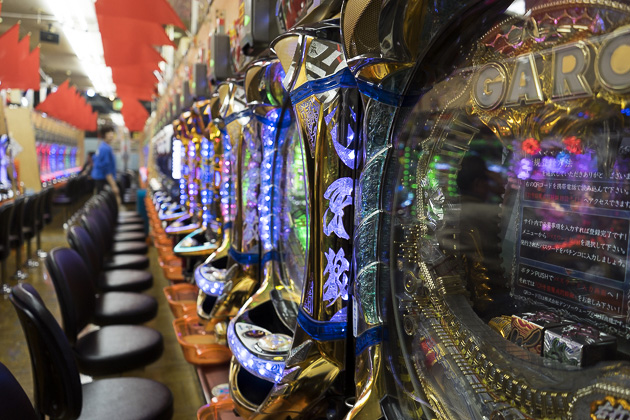
Or do you? I wish this was all there was to pachinko. If so, I might be able to enjoy it. But every machine has different rules. Some have trigger buttons you have to press at the right moment. Some have complicated stories which play out on the screen. Sometimes, a bar or a magic wand or a monster will appear before you, and you’re supposed to do something. Sometimes everything will start flashing red. I’m sure it all has an explanation, but since everything is being shouted at you in Japanese, there’s no way to know.
Our pachinko experiences went like this: ¥1000 into the machine. Loads of fun while the balls are launching. A ball hits! Anime faeries are dancing! The guy next to me coughs a lungful of cigarette tar into my face. I hit a 6-6-5, oh so close. Another chance… 2-4-8. Not so close. Was I supposed to hit that flashing button? Too late, my balls are out. ¥1000 down the drain after five minutes.
I stand up and stomp out of the hall. Ten seconds later, Jürgen joins me on the sidewalk, equally a loser, equally indignant. We march off into the evening, and swear off pachinko forever. Or at least until the next night.
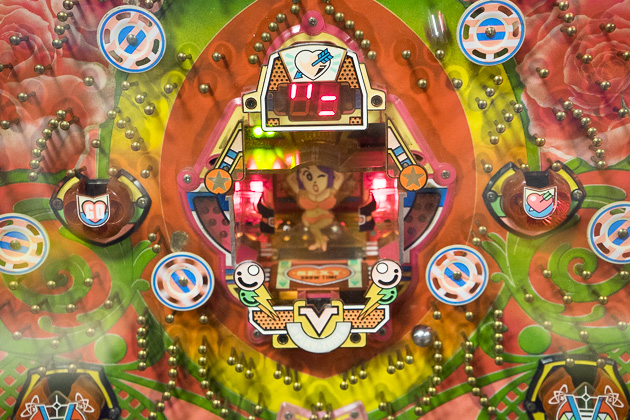
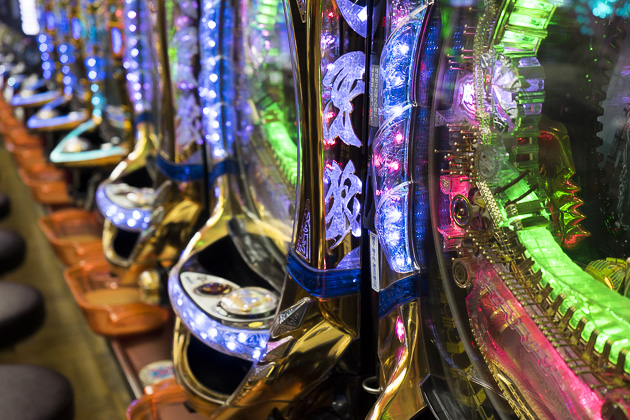

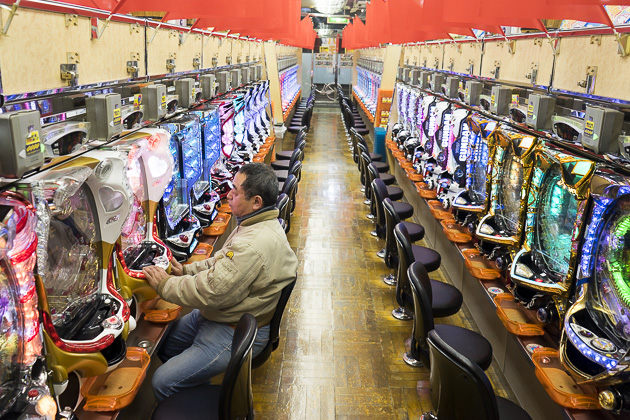
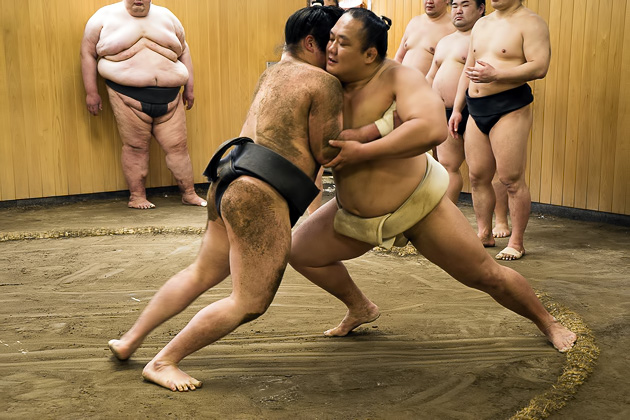
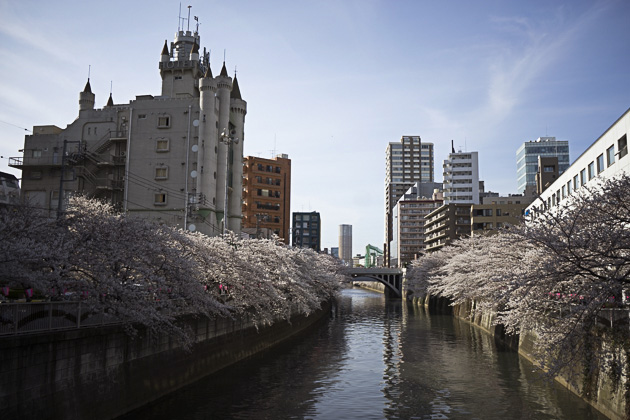
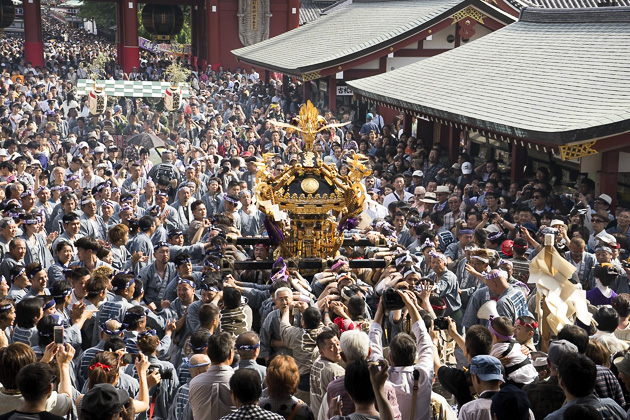

Hahahahah, i saw that last week, i was shocked about it.In europe I had never seen anything like that before.
Pingback: A Trip to Kawagoe | For 91 Days in Tokyo – Travel Blog
Pingback: Akasaka | For 91 Days in Tokyo – Travel Blog